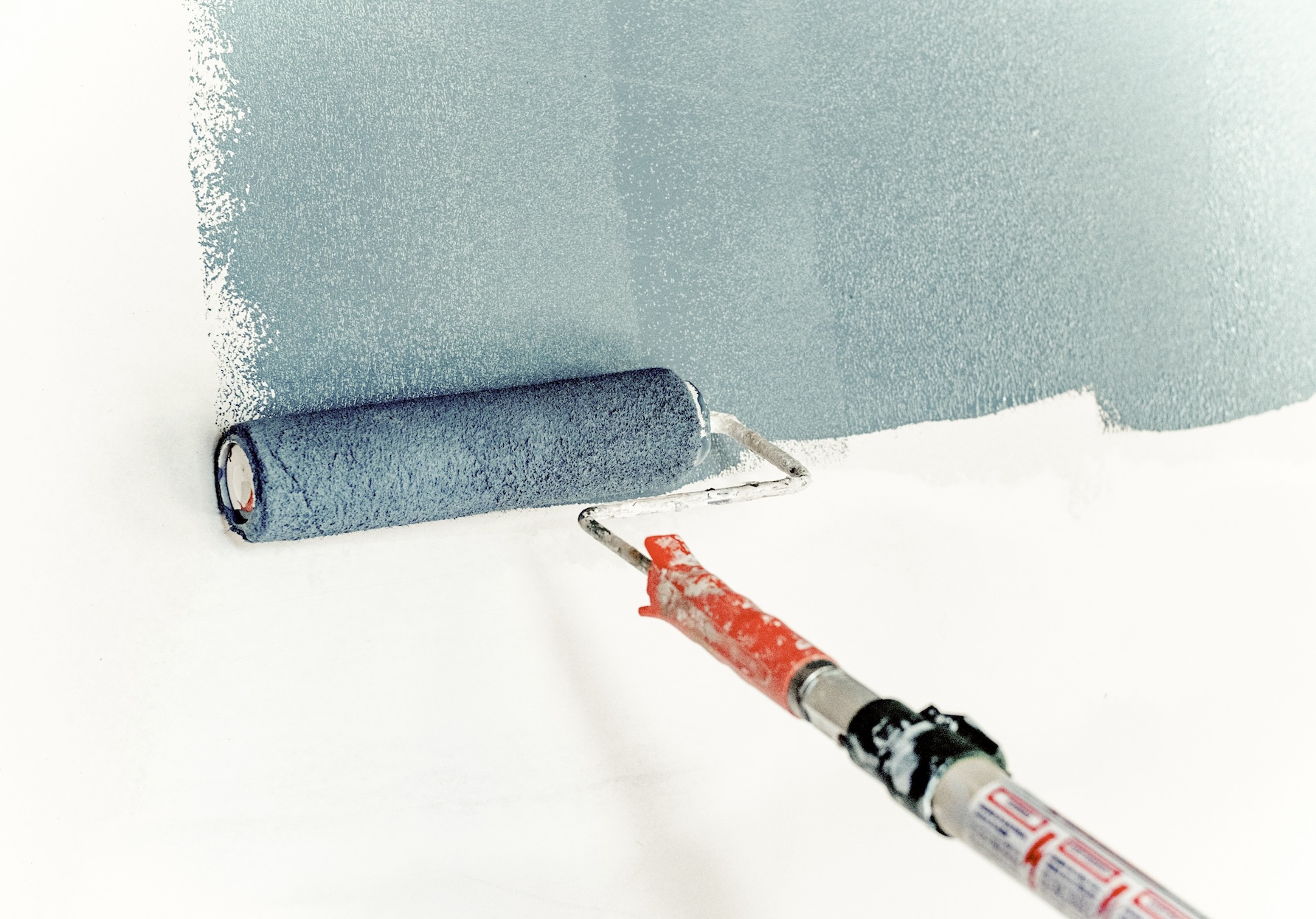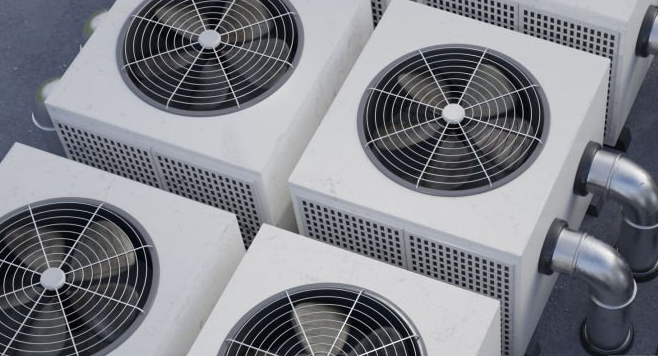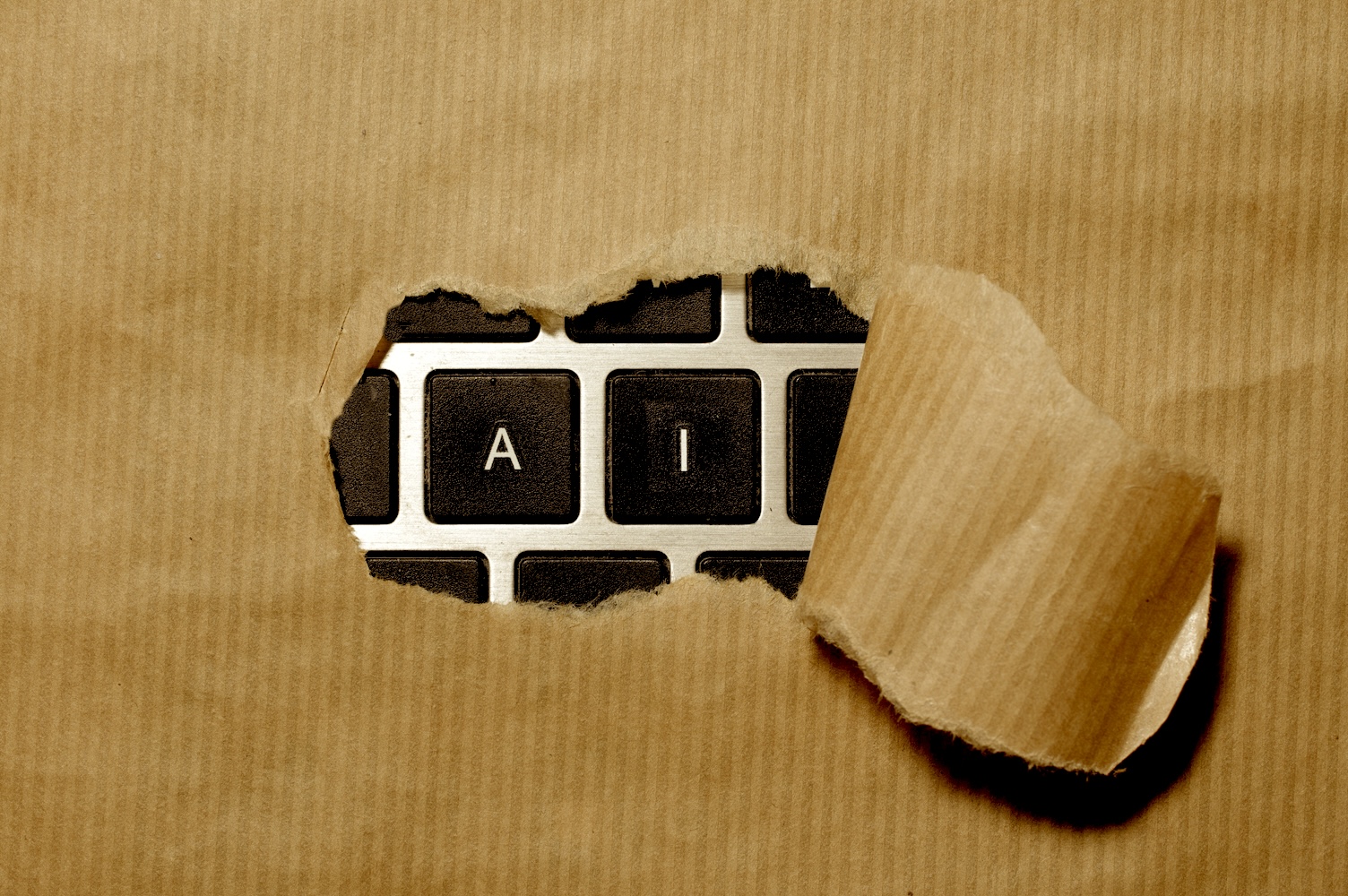The Role of Mammograms in Breast Cancer Prevention

Breast cancer is a serious global health concern. It is the most common cancer among women worldwide. According to the World Health Organisation, 2.3 million women were diagnosed with breast cancer in 2022. In Singapore, 2,000 women are diagnosed with cancer, and more than 400 deaths result from the disease each year, according to the Singapore Cancer Society. Mammograms are essential for early detection and successful treatment of breast cancer.
This article discusses the importance and role of mammography in the early detection of breast cancer and shows how they can be used to prevent breast cancer as well.
Understanding Breast Cancer
Cancer is a disease that occurs when the cells inside a person’s body start to grow abnormally and form tumours. In the case of breast cancer, it is abnormal breast cells that become a population out of control. These cells must be stopped in their tracks before they spread to other parts of the body.
Abnormal breast cells originate from the milk ducts or the glandular tissue (lobules) that produce milk. These cells are not life-threatening. When they spread to nearby breast tissue, the problems start. The invasion causes tumours that present as lumps.
If these cancer cells metastasise (spread to nearby lymph nodes or other organs), it means the cancer is spreading and can become fatal.
What is a Mammogram?
A mammogram is a diagnostic tool used to detect the presence of cancerous lumps in the breast. Mammography uses a low-powered X-ray technique to obtain an image of the breast’s internal structure.
Screening and diagnostic mammograms use the same technology, but their purpose differs. Patients undergo screening mammograms to detect possible signs of breast cancer before they become aware of any lumps. The patient is well and has no obvious signs of the disease.
Radiologists perform diagnostic mammograms to study the breast in more detail. This procedure usually follows a diagnosis of breast cancer. Multiple images are taken so doctors can obtain a detailed view of the internal breast. These will include images from different angles to increase the chances of finding cancerous growth if there are any.
Types of Mammograms
There are two types of mammograms: 2D (two-dimensional) and 3D (three-dimensional) imaging. Traditional 2D mammography uses low-frequency X-rays to produce a two-dimensional projection of the breast: one from above, called craniocaudal or CC, and one from the side, called the mediolateral oblique or MLO view.
3D mammography, also called breast tomosynthesis or digital breast tomosynthesis (DBT), uses an X-ray tube that moves around the breast, capturing multiple images. Software is then used to stitch the images together, producing a 3D view of the breast. 3D images of the top and the side views can be generated.
2D vs 3D mammograms: which is right for you?
To answer this question, let’s review the pros and cons of the two screening methods.
2D Mammograms
Pros
- Has a proven track record – has been used for decades, saving countless lives.
- They are readily available in healthcare facilities, making them accessible to many patients.
Cons
- Provide only 2D images of the breast, which can miss tumours.
- Limited use for women with dense breast tissue.
- Compressing the breast when capturing images, forces tissues on top of each other, creating a distorted image of the breast, leading to false positives, necessitating additional imaging.
- The need for additional testing is extremely stressful for patients.
3D Mammograms
Pros
- Provides multiple images from different angles leading to more detailed images, which minimises false positives.
- 3D images are more accurate and detailed, improving the detection of small tumours.
- A better option for women with dense breasts as it allows medical professionals to see beyond the dense tissue.
- Don’t require compression, which is uncomfortable and painful for some women.
- Extra testing is usually not required, sparing patients the anxiety of having to wait for confirmation.
Cons
- 3D mammograms cost more than 2D mammograms, and insurance may not cover them.
- Not as widely available as 2D imaging.
How do mammograms prevent breast cancer?
Early detection of cancer saves lives. Mammograms can detect cancer early when it is most treatable, long before any physical signs of the disease. Finding signs of cancer in the early stages, when it is easier to treat, improves the odds of survival.
Women who show no physical signs of breast cancer often think that they don’t need to have a screening test. This is a mistake because mammograms can detect cancer in the absence of symptoms.
Studies show regular screening tests lead to early diagnoses and improved survival rates. Clinical trials show that regular screening for breast cancer can help reduce deaths in women aged between 40 and 75 years (who are at average risk of breast cancer).
Who Should Get Mammograms?
Different organisations have different recommendations for when to start going for screening tests, which makes this a confusing issue for many women.
Fortunately, the Singapore Cancer Society has clear recommendations:
- Before 40 – no screening is recommended.
- From 40 to 49, women should have a mammogram once a year.
- From age 50 onwards, a mammogram once every two years is sufficient.
Some women have a high risk of developing breast cancer. The reasons vary from person to person. These factors may include a personal or family history of cancer, certain genetic mutations (such as BRCA1 or BRCA2), prior chest radiation therapy, or some benign breast conditions.
These individuals require personal screening recommendations depending on their condition. Their screening tests often include Magnetic Resonance Imaging (MRI), which can provide detailed images of soft tissues, including the breast. For instance, an MRI can detect small tumours that may be missed by a mammogram.
High-risk individuals are often advised to have an MRI once a year, but individual factors will determine the frequency in every case.
What to expect during the procedure
You will need to remove any clothing from the waist up, but you can wear the gown you receive at the clinic. If you are wearing any jewellery, you’ll have to remove that as well.
Before the screening test, the radiologist, who will be female, will enquire about your health history, particularly anything related to breast problems. She will also do a manual examination of your breasts.
Then, the screening will begin. You stand in front of a mammography machine. The radiographer will place one breast at a time on a flat surface. A plastic plate is then lowered onto your breast, which compresses it. This can be uncomfortable and even painful for some women, but it doesn’t last long.
Preparing for a Mammogram and Tips to Minimise Discomfort.
- Choose a time that suits your body best, by not scheduling your appointment in the week before your period or during your menstrual period. During these times, a woman’s breasts are often engorged and sore so a mammogram will be uncomfortable.
- Choose a two-piece outfit like a skirt or pants and a top rather than a dress, so you only need to remove your top during the examination.
- Don’t wear any jewellery to the appointment.
- Have a shower before you go, but don’t use any perfume or deodorant. The metallic particles and other ingredients in these products may interfere with the imaging and distort the results.
- If you have been for mammograms at another clinic, take your results with you so the radiologist can compare the different image results.
- Taking an aspirin an hour before the mammogram will help reduce any pain you might experience during the screening test.
- You don’t need to fast before the test and can take any medicine you are on.
Common misconceptions about Mammograms
- Mammograms are risky because they expose you to dangerous levels of radiation.
There is a slight exposure to radiation with a very low risk of harm. The benefit of finding cancer early and treating it outweighs the minimal risk of radiation.
- An abnormal mammogram result means you have cancer.
This is not true. Most abnormal results and lumps are not malignant – many abnormalities are caused by other factors. Additional follow-up tests, such as a repeat mammogram or an ultrasound, can confirm or disprove the presence of cancer.
- Finding a lump during self-examination means you have cancer.
This is not necessarily true. Don’t ignore any breast changes, but don’t jump to the conclusion that you have breast cancer. Make an appointment for a mammogram and get a proper diagnosis.
- If you don’t feel any lumps and see no abnormalities, you don’t need a mammogram.
This is a common misconception. Cancer can be present without any noticeable symptoms or signs. Mammograms are excellent at finding cancer even if the patient experiences no symptoms.
- If you do breast self-exams, you don’t need a mammogram as well.
No, breast self-exams can’t detect what mammograms can. Mammograms can find breast cancer when it’s still too small to be felt by hand.
- If you have no family history of breast cancer, you don’t need mammograms.
The fact is that most women who are diagnosed with breast cancer after a mammogram don’t have a family history of breast cancer. This implies that every woman should have mammograms.
- Mammograms are unreliable because they are so often wrong.
Yes, mammograms are not 100% perfect, but they make up for it bt finding cancer early and saving thousands of lives.
- Mammograms are painful.
They can be painful for some women, but the discomfort is brief and worth it if it means finding cancer early and starting treatment early. The mammography machine can accommodate all breast sizes, ensuring each image is captured with minimal discomfort.
- One or two normal mammograms mean you don’t need to keep going for mammograms.
Cancer can appear during the time that you don’t get tested. The only way to ensure early detection is through regular screenings.
- Only women get breast cancer.
Although it seldom happens, men do get breast cancer and should do regular self-examinations.
Conclusion
Mammograms play a vital role in detecting early signs of cancer and preventing advanced breast cancer and invasive treatments. Given that 1 in every 13 women in Singapore may develop breast cancer, it’s crucial to have the recommended screenings even if you have no observable signs of breast abnormalities.
Mammography is the best way to detect abnormal cells at a pre-cancerous stage when treatment is most likely to succeed.
Take responsibility for your breast health by discussing the benefits and risks of mammography, when to start screening and how often to get screened directly with your doctor.










